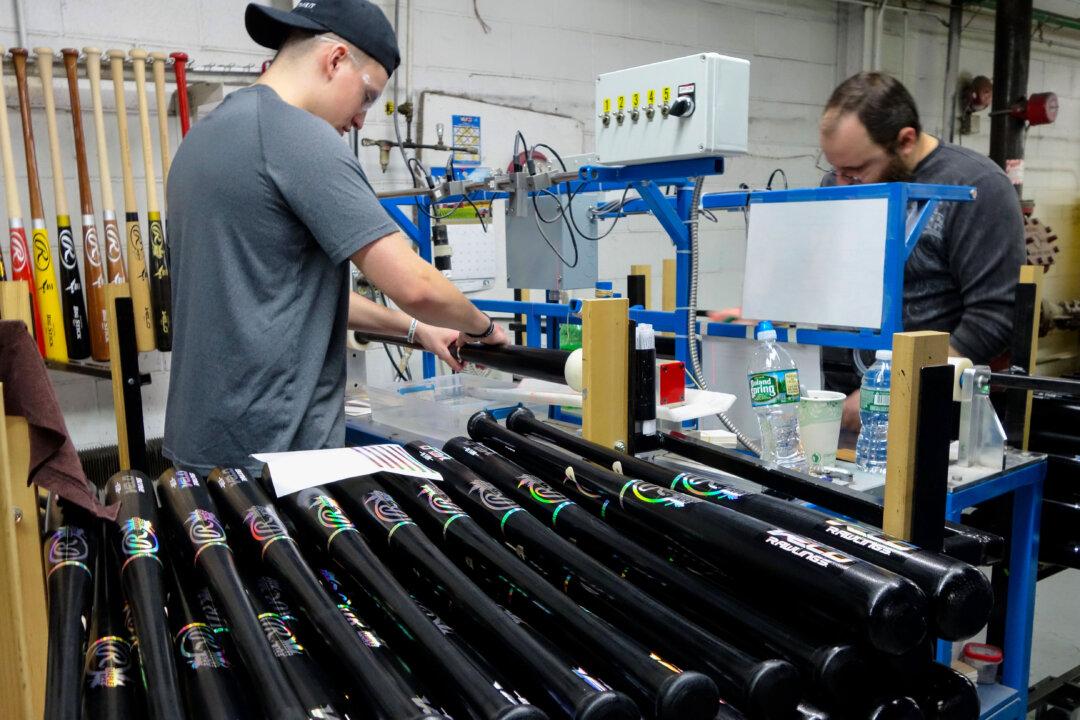Ford Motor Co. and striking United Auto Workers (UAW) union members have reached a new settlement. However, there’s still no agreement with General Motors (GM) and Stellantis in a strike that reached the 40-day mark on Oct. 25. And while the union workers are striking for higher wages, little discussion has been given to how car prices and repair parts have been and will be affected.
“Hey, I’d like to make $40 an hour producing cars that break,” a frustrated Jim Timon of Timon’s Car Care in Cincinnati told The Epoch Times. “I know their grievances, but cars are going to be 40 percent to 43 percent higher when they’re done.”
The ongoing strike and negotiations are centering on issues that include wages and a reinstatement of cost-of-living adjustments, which ended in 2009.
Mr. Timon, 71, said he’s been repairing cars since he was 9 years old but has been frequently frustrated by how long it takes to get parts for his customers.
“I had one guy come in and needed air conditioning in a 2016 vehicle and waited 11 1/2 months before it was put into production. I had another wait 7 1/2 for a fuel line on a Jeep Wrangler. The problem is that even after [the strikers] come back, everything is going to be in short supply and might take as long as a year to get those parts in production again,” he said.
Auto parts shortages, a problem since COVID-19 first hit, are now worsening as the UAW strike drags on. But as anyone who has tried to purchase a used vehicle can tell you, supply on sales lots is tight and worsening. According to the Cox Automotive analysis of auto availability inventory data at the beginning of October, the total supply of unsold used vehicles on dealer lots across the United States, both franchised and independent, stood at 2.26 million units. That number was down by 8 percent, or nearly 200,000 cars, from the same time a year ago. Even so, sales are up by 6 percent.
The Detroit “big three” automakers—GM, Ford, and Stellantis—make up 40 percent of the U.S. car market, according to Bankrate.com. There’s a significant concern that a continued strike extending into the fourth quarter could add more sticker pain for car buyers and more shortages for people repairing those cars.
“Consumers are definitely getting jittery, wondering what to do. It’s a nervous time for them, and I don’t know if they realize that the biggest issue will be parts,” New Jersey Ford Dealership owner Tom Maoli told CBS MoneyWatch. “That means tires, brakes, anything you need to change and keep your car running.”
Brian Moegelin, owner of Brian’s North End Automotive in Burlington, Vermont, told The Epoch Times that states like his have additional issues when it comes to customers waiting for car parts, such as mandatory inspections.
“I had a 2017 Chevy Volt that came here because it couldn’t pass inspection because of a safety issue that included a broken rear spring,“ he said. ”There’s no aftermarket ability to get that part, and it was back-ordered. Because of that, I couldn’t put a Vermont inspection sticker on it.”
Mr. Moegelin said his shop hasn’t experienced the parts delays that others have had, but it’s because many of his parts don’t come from the big three automakers.
“The UAW strictly manufactures vehicles at their facilities,“ he said. ”A lot of them don’t even manufacture parts anymore. There’s a lot that comes from companies like Bosch.”
Mr. Timon said he’s concerned that there’s a distinct disconnect between the strikers and what effect they’re having on companies such as his that depend on their production. He said he has had enough and will retire in 2024.
“They have no idea. I don’t believe they even think about that. They think everything is fine and they warehouse enough parts,” he said.
Another issue dealerships and repair shops are facing is that people are holding onto their cars longer, according to Patrick Olsen, the editor-in-chief at Carfax.
“Now, while demand for new cars is pretty high, they really want to prioritize putting parts into those new cars versus into repair parts,“ he told Marketplace. ”And that’s a problem because our old cars are getting older. People are holding onto their cars and maintaining them and that’s great, but it also means that parts fail and people wind up in accidents. And so that overall age means that there’s just more work that needs to be done.”







